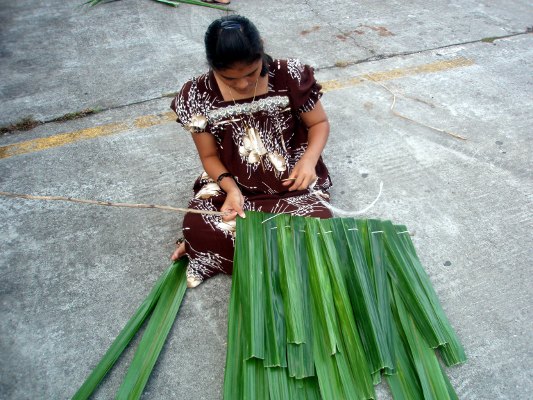Since humans lived on earth, plants have played an important role in human development. The relationship between humans and plants has always been a complex one. Many species provide valuable resources to sustain life, while others harm humans if handled or used carelessly.
The scientific field of ethnobotany studies how plants influence cultures around the world.
In ethnobotany, species, people, and physical places differ, but the common denominator is the abundant use of plants. From ancient cultures to today, here are some of the ways plants and humans interact.
Plants, directly or indirectly, produce the energy on which nearly all life on Earth depends. In the process of photosynthesis, plants convert sunlight, carbon dioxide and water into glucose (sugar) molecules. These sugars are found in various forms in plant matter and are the basis of animal life.
Ancient cultures saw plants as food. Prior to domestication, large-scale agriculture, the global economy, and grocery stores were the main food sources for domesticated plants. Many of the foods eaten as part of the American diet today originate from indigenous cultures. Commonly known as the Three Sisters, the crops known as corn, beans, and squash have been grown in the Midwest for thousands of years. The sunflower, now an important oilseed crop, is native to North America and was first cultivated 4,500 years ago by Native Americans.
Some of the world's most popular foods were first domesticated by ancient civilizations. Tomatoes are native to Central and South America and were cultivated thousands of years ago. The Incas were among the first to cultivate potatoes 8,000 years ago. The Aztec Empire was the first to grow chili peppers and produce chocolate from cacao beans (Theobroma cacao).
Plant fiber is essential for human nutrition and digestion. This dietary fiber is found in fruits, vegetables, whole grains, and legumes in the human diet. However, not all plant fibers are edible. Certain fibers in plants are used to support the plant physically. This type of fiber is collected by people and used in different ways. The core of the tree is a strong building material. The paper-thin outer bark of trees such as birch (Betula papyrifera) is used to cover waterproof tepees, or wigwams, and to make snowshoes, baskets, buckets, and water tanks. The leaves and roots were collected and used as thread or sewing materials such as jute, hemp and linen.
For thousands of years, dyes made from plant parts have been used to color textiles, artwork, ceramics and bodies. Used alone or as an additive to improve color, natural dyes come from different species, different parts of plants and produce any color. The natural colors of these Midwestern plants are used to make rainbows: common sunflower (Helianthus annuus), western redcedar (Juniperus virginiana), maple (Acer sp.), black walnut (Juglans nigra), wild blue indigo (Baptisia australi). ), shallots (Allium sp.) and hundreds of others. Leaves, seeds, bark, roots and flowers are potential sources of natural dyes. Many of these are now available for purchase, and skilled artisans continue to create products using natural dyes.
Indigenous cultures relied on plants for nearly every aspect of cultural development. There are many other uses.
Essential Oils: Plants produce oil in various parts of the plant and are collected and used for flavor and aroma for various purposes.
Soaps and Waxes: Wax plant extracts are harvested for use in candles, cleaning products, hair and skin care.
Spiritual : Many cultures use psychoactive herbs for spiritual insight and communication.
Medicine: The healing properties of plants have been used for thousands of years to treat various ailments.
For Western culture, November and December are full of holidays. This phenomenon of modern culture is closely related to the plant world. Shared meals, holiday decorations, and thanksgiving gifts are often vegetables and full of symbolism and culture.


Post a Comment
Post a Comment